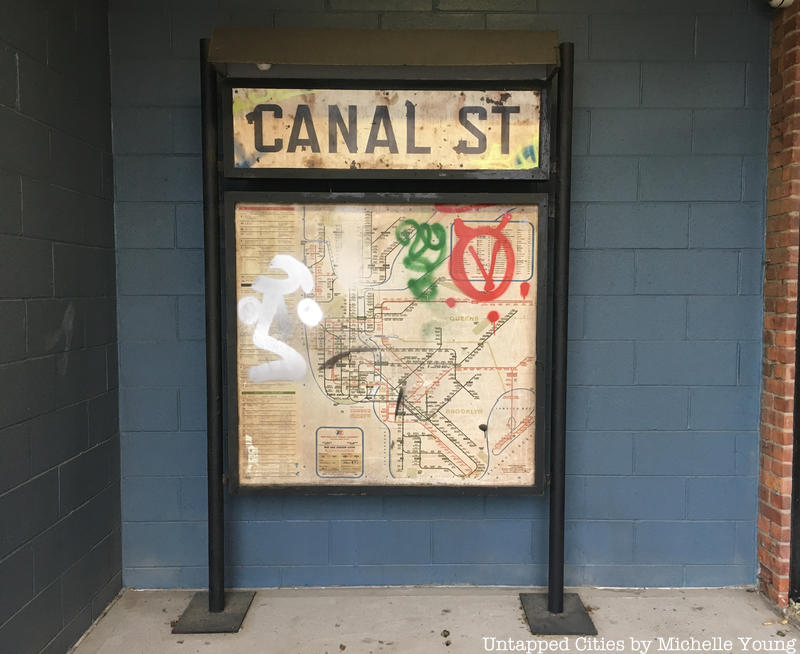5. Canal Street

Once a major water source of freshwater in lower Manhattan, the Collect Pond occupied the land between present-day Baxter, Elm, White, and Pearl Streets. By the start of the 19th century, however, the pond had become a dumping ground for wastewater and raw sewage. The polluted, mosquito-infested water was an environmental hazard that needed to be eradicated, so a 40-foot-wide canal was dug in 1807 to drain the Collect into the Hudson.
When Canal Street opened, it consisted of two tree-lined thoroughfares that flanked the canal at the street’s center. After the Collect Pond and surrounding marshland (a result of previous drainage attempts) were drained and turned into solid ground, the canal continued to convey water from the underground spring to the Hudson River. By 1821, however, the canal was covered over with brick and turned into an underground sewer, which runs the same course beneath Canal Street even today.





